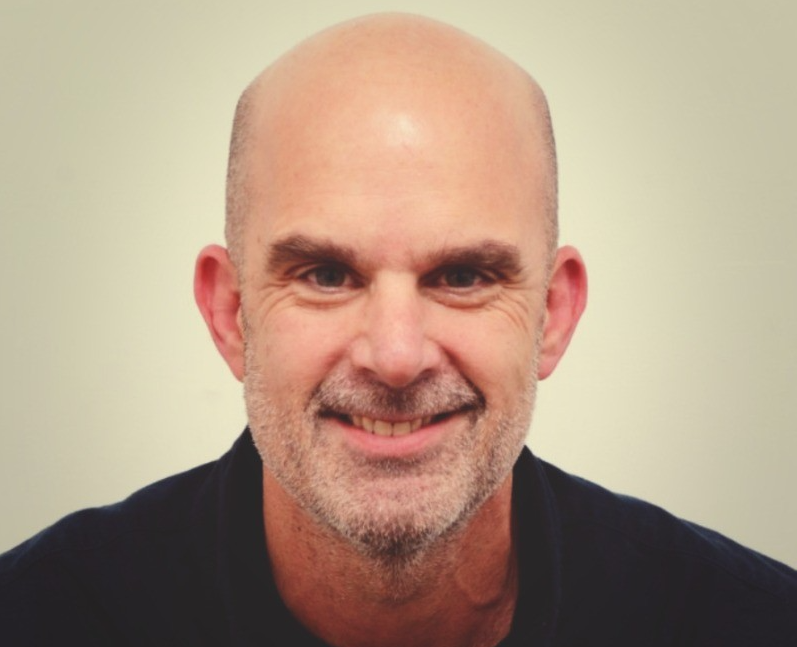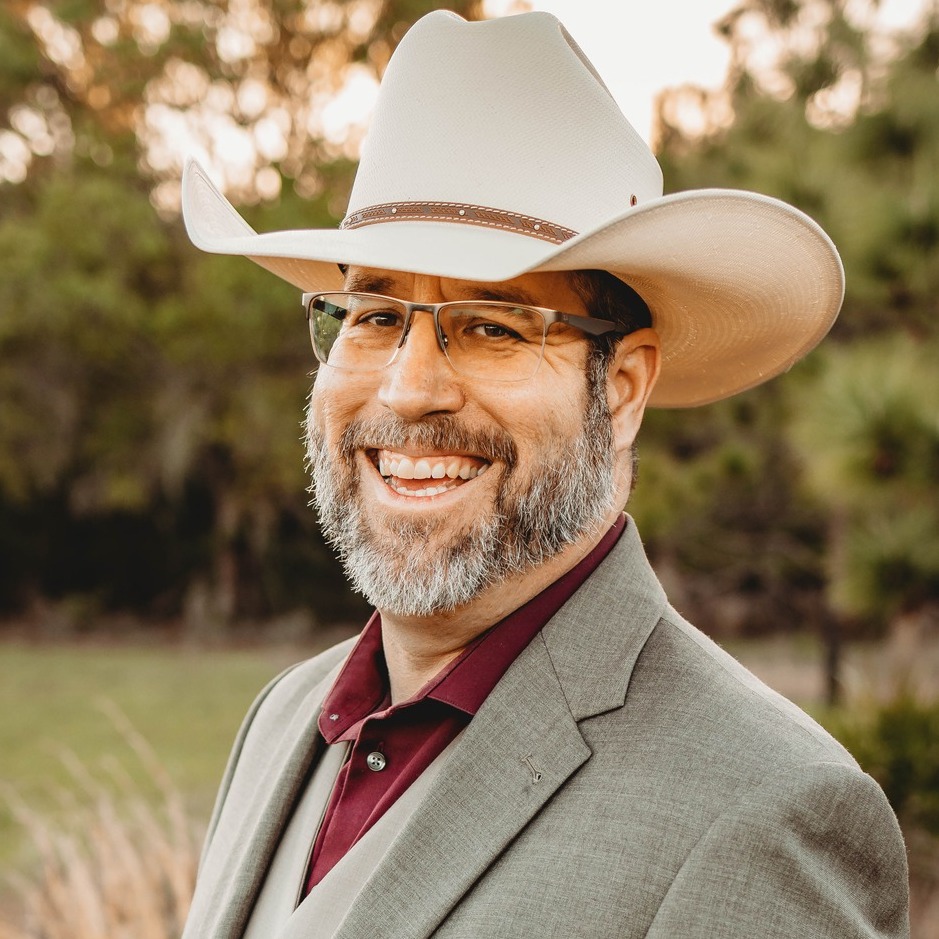 By Greg Gretsch, Sigma West managing director
By Greg Gretsch, Sigma West managing director
At a recent summit hosted by Sigma West, sales and marketing leaders met to share best practices for startup technology companies. The discussion focused on how having a cloud or SaaS (Software-as-a-Service)-like delivery model broadened the universe of prospective customers, but also required changes to the traditional enterprise sales and marketing model to economically and effectively reach those customers. The top three best practices discussed were:
- Treat sales and marketing as one continuous funnel.
- Continuously remove friction from your sales process to make it as transactional and high-velocity as possible.
- Keep innovating until fully optimized; you’re never fully optimized.
One Continuous Funnel
With the SaaS-like sales model, marketing and sales are treated as one funnel. The ability to accurately measure means that marketing is creating qualified leads at one end of the funnel and the ‘land and expand’ strategy means that the initial sale is not the bottom of the funnel.
AlienVault’s marketing team is focused on acquiring contacts, getting them in the door through excellent content marketing, and nurturing them through the top of the funnel. “We make a pact with the sales team on the definition and number of qualified leads required each quarter, stick to a consistent process for follow-up and then adjust as needed based on what we learn from the metrics,” explained Rita Selvaggi, chief marketing officer at AlienVault.
“Sales and marketing needs to be working closely hand-in-hand. Today, sales can’t get along without people who know what to do in the demand generation space because 60-to-70 percent of sales education is happening before leads raise their hand,” noted Don Wight, chief revenue officer, Demandbase.
At Elance-oDesk, the bottom of the funnel is not when the customer starts paying. “In fact, that is when some of the most exciting work begins,” said Jaleh Bisharat, SVP marketing. “We devote tremendous energy to understanding what matters to customers at each stage of the life cycle—from prospect to trial to established customer—and we adapt our efforts accordingly. For example, we invest heavily in what we call a ‘flawless first experience’ by ensuring the client is matched with the right freelancer in the early stages. As the client becomes more established, we work together with other teams to anticipate their needs and deliver the right features, content, and other ingredients for their success. Meanwhile, sales is focused on signing up large customers for Private Talent Clouds; some of the leads for PTC customers come from the established clients groomed by marketing,” she added.
The More Transactional, the Better
The movement to the cloud and a SaaS delivery model gives companies the benefit of selling to a broader audience. But, that broader audience also requires having a more economical sales channel than traditional enterprise sales channels. The channel needs to be fast and efficient, which means transactional. Making the sales model more transactional, and thus higher velocity, requires a continuous focus on removing friction from the sales process.
AlienVault has focused on improving transactional efficiency and operational clock speed. “First, closely examining how we convert from lead to opportunity to close has tightened each step of the transaction,” said Justin Endres, senior vice president of world wide sales at AlienVault. “Second, we are much more concerned about transaction-per-rep than we are about ASP (average selling price).”
Prioritizing transaction volume first is what is needed to drive sales efficiency. Many SaaS-like companies are naturally land-and-expand—land customers and then expand revenue per customer as the solution gets more broadly adopted within the customer.
Optimize, Optimize, Optimize!
For each company and every customer type there is an optimized sales process. For startup companies, the ability to innovate constantly to find what works best is essential. But, once you’ve found what works, you’re not done. Similar to the way a marketing campaign loses effectiveness over time (why did our click-thru rate go down?), the entire sales and marketing process needs to be in a constant state of refinement lest it get stale and productivity starts to wane.
“We’ve played with when is the best time to hire new sales people and found that when the close rate goes north of 25 percent, that is when we need to hire,” commented Kathy Lord, VP sales and customer success, Intacct. It may be slightly different for every company, but that is the point—it is a best practice to be constantly testing and adjusting what works.
“When our sales reps ‘needed’ to travel, we knew we had to change the process because that just wasn’t efficient enough,” stated Endres. “We looked at what was causing the need to travel, learned from it and made adjustments.” Constant adjustments are always needed. Another example from Endres: “We reserve five percent of head count to test new markets. Because we have an inbound sales process, we follow new lead trends to test the market opportunities.”
Follow the lead of other successful startups and try implementing the three best practices of treating sales and marketing as one continuous funnel, continuously removing friction from the process, and continuously innovating for optimization. Your chances of success will increase.
# # #
Greg Gretsch, managing director, Sigma West
Startups are in Greg’s blood. He’s failed at one and succeeded at two. Now, he gives advice to help others navigate the terrain as an early-stage venture capitalist at Sigma West. Greg started his career in product marketing at Apple. When he isn’t helping build companies, he is striving for Strava records on his bike or in his running shoes.












